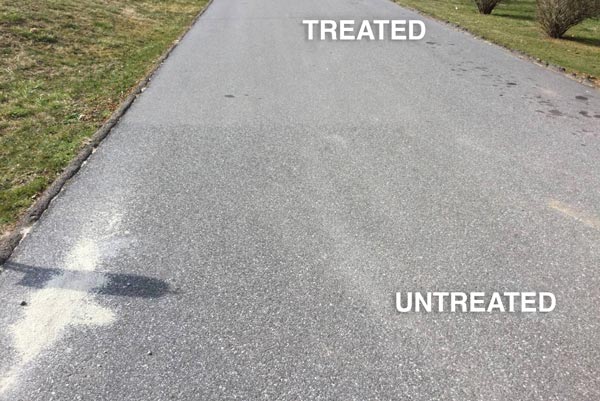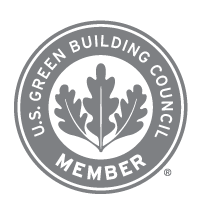How Asphalt Pavement Preservation and Rejuvenation Saves Money
Category: Blog Articles By: Ken Holton, P.E.
If pavement preservation and maintenance is your responsibility, ponder for a moment:
- What is my goal in managing the pavement asset I am responsible for?
- Am I merely attempting to prolong (at any cost) the time interval between resurfacing cycles?
- Am I attempting to satisfy a political agenda?
- Am I being pressured to implement maintenance activities that I believe will cause complaints from those I serve?
As an engineering professional, when I seek tools from the pavement management toolbox, I look for products and materials that will add value and lower operating costs – solutions with a track record for long-term success in a wide variety of applications. In my former role as a City Engineer, I took this responsibility extremely seriously and found counsel in other professionals in the industry. I knew an effective, full-scale implementation of any maintenance activity would rely not only on my own personal experience, but also on researching and spring-boarding off the success of others who have faced similar challenges.
Early on, I recognized that once a road was resurfaced, it would soon show the initial signs of aging. How could I slow this down? I did not want to resurface this road again in my career if at all possible. So I went on the offense against the cause of asphalt deterioration.
What I discovered was that if a road was structurally sound, I only had to slow the effects of the environment and oxidation. I found that asphalt cement keeps its ductility and flexibility by maintaining the proper maltene/asphaltene balance.1 Reintroducing the natural maltene component of asphalt would slow the effects of the environment on my roads. As I surveyed the roads over time, I witnessed service life extension by several years each time the maltenes were re-introduced to the pavement. I was encouraged to learn, when I spoke with fellow road maintenance professionals, that others were making similar observations.

The 2016 research performed by Joe Vitale and Khalid M. Siddiqi, Ph.D., “The Feasibility of Asphalt Pavement Rejuvenator Applications,” confirmed my own experiences: roadways were aging more slowly when treated with maltene rejuvenation of the asphalt binder. The slower deterioration added eight years of service life! Further, they demonstrated that the longer service life divided by the cost of all maintenance over the longer life provided a 29 percent lower annualized operating cost. This study definitively demonstrated that asphalt pavement rejuvenation saves money!
In effect, replenishing the maltenes holds the roads together from the inside out. The introduction of maltenes makes the asphalt binder more resilient to environmental stresses, binding the entire matrix of aggregates together with better cohesion. This keeps the road surface tight so it actually sheds water faster. All the other environmental factors (UV rays, snow, de-icing treatments, etc.) are similarly kept at bay. The result is a longer lasting, better performing asphalt pavement.
So ponder no longer and do the research yourself: it is possible to have high-performing pavements that last longer while lowering your annualized maintenance costs.







